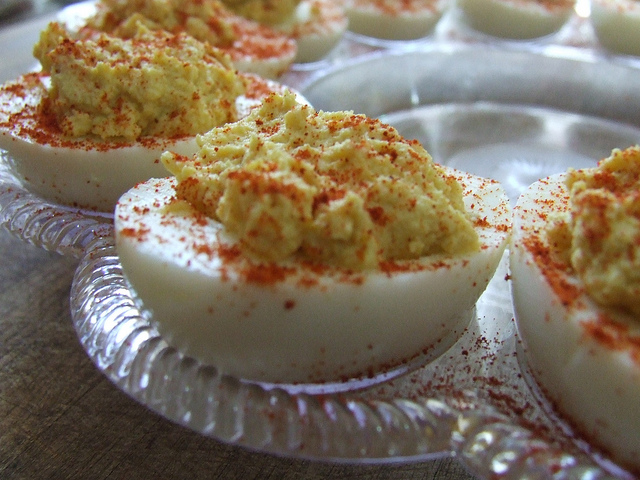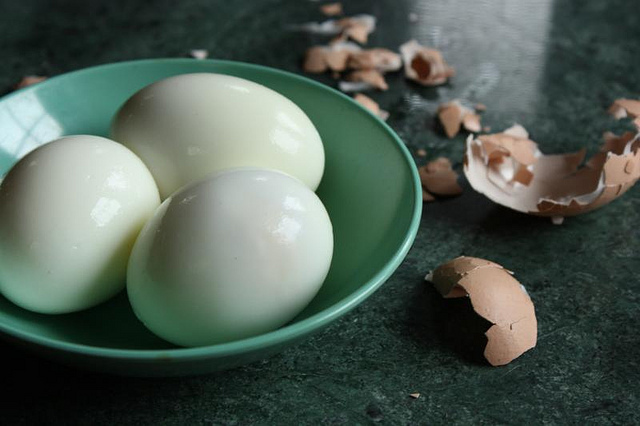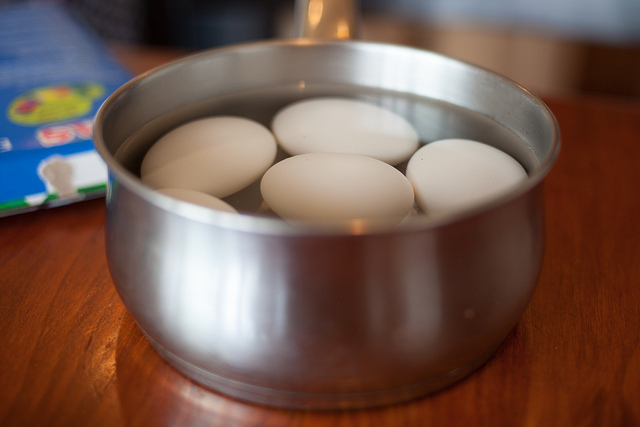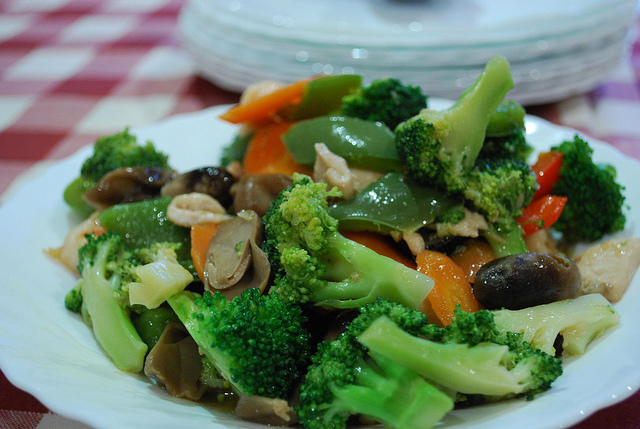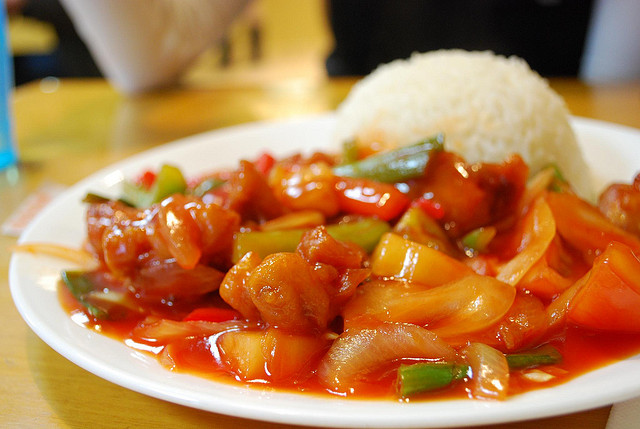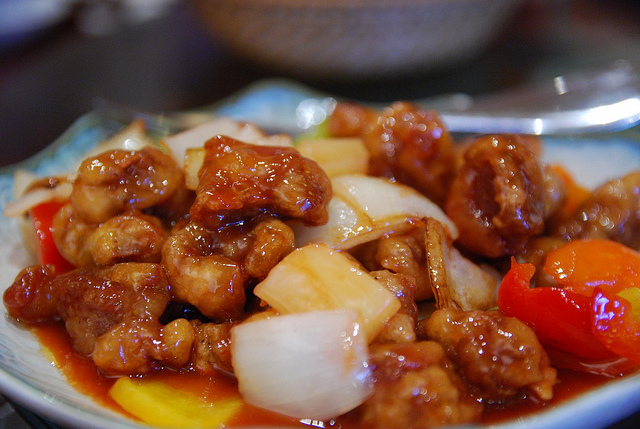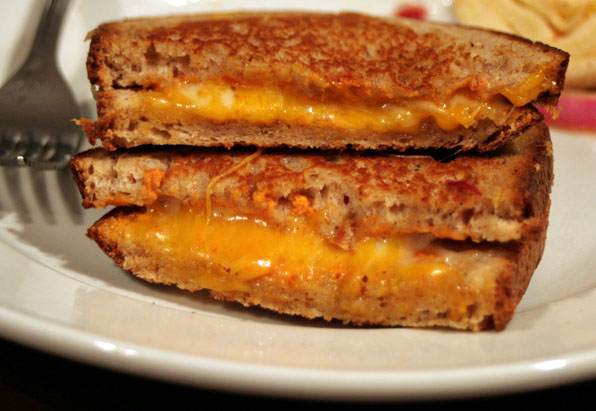Lemon and garlic tend to be the easiest flavors to match with shrimp to end up with a delicious end product. This recipe can be prepared in about thirty minutes, but much of that time is preheat time.
This recipe for a baked shrimp in a lemon and garlic sauce is essentially a slight modification of our pan-fried garlic butter shrimp recipe.
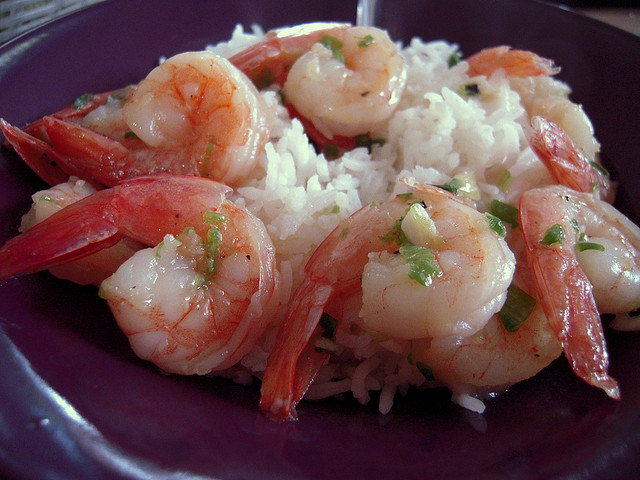
Ingredients for Baked Lemon Garlic Shrimp
This recipe is based on two pounds of shrimp, which should be more than enough for a family or one or two very hungry people.
You will need:
- Two pounds of raw (shelled and deveined) shrimp
- A cup of butter
- Two to three tablespoons of fresh lemon juice
- A tablespoon of parsley
- A tablespoon of chopped, fresh garlic
- Optional: one to three tablespoons of Dijon mustard, for an added zip
How to Bake Shrimp (in a Lemon Garlic Sauce)
Preheat your oven to 450 degrees Fahrenheit or 230 degrees Celsius.
While your preheating your oven, place a cup of butter in a small saucepan over medium heat. Add your lemon juice, parsley and garlic to the butter and stir it around until the butter is completely melted. If you choose to use Dijon mustard, you would add it now as well.
Arrange your shrimp in a baking dish. Any dish will do. Even a cookie sheet covered in foil if you’re really desperate. Pour your melted lemon garlic butter mixture overtop of the shrimp. Try to get it on every piece. Full coverage is kind of important.
Bake the whole thing in the oven for about twelve to fifteen minutes.
Tips for Baking Shrimp
- You can tell the shrimp is about done when it turns pink and opaque.
- Always buy shelled and deveined shrimp. It’s just terrible doing that part. Trust me.
- Substitute the lemon juice out in place of lime juice for a softer citrus flavor. You can follow our guide on how to get more juice from a lime and actually only use a lime or two for the whole recipe.
- A good casserole dish would be the best thing to use for baking the shrimp in this recipe.
